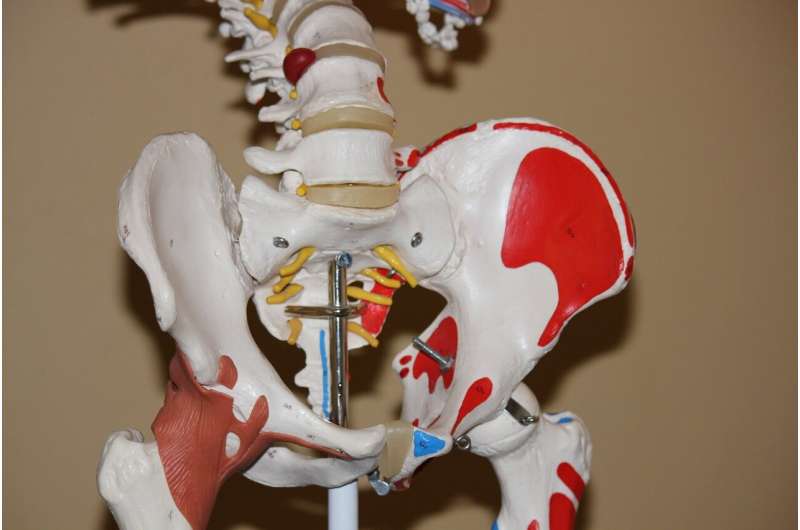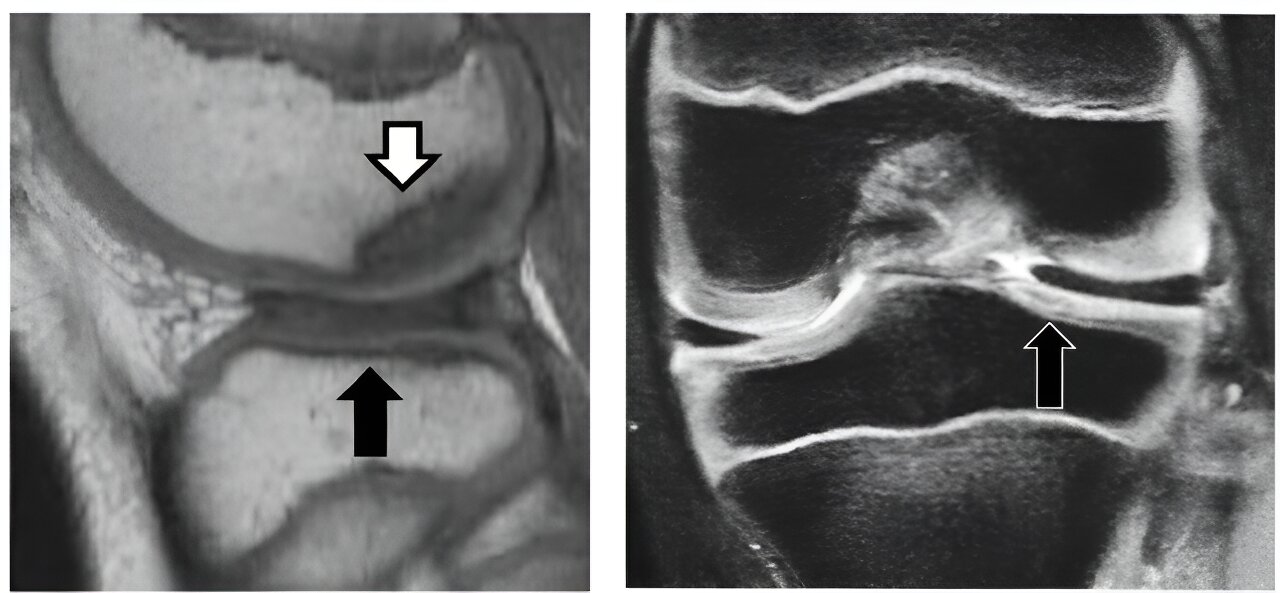
For older adults undergoing hemiarthroplasty for hip fracture, intraoperative use of liposomal bupivacaine does not improve pain scores or other relevant outcomes, compared to conventional bupivacaine, reports a study in Journal of Bone & Joint Surgery.
“Use of liposomal bupivacaine is not associated with substantially improved postoperative pain or function or with a shorter hospital course following hip hemiarthroplasty for a femoral neck fracture,” according to the clinical trial report by Mitchell K. Ng, MD, and colleagues of Maimonides Medical Center, Brooklyn, New York.
Randomized trial of liposomal bupivacaine for hip fracture surgery
Liposomal bupivacaine is a long-acting local anesthetic developed for use in relieving postoperative pain, allowing drug release over up to 72 hours. Studies have shown that liposomal bupivacaine can reduce pain after various surgical procedures, including total knee or hip arthroplasty. Few studies have assessed its use following hip fracture surgery.
The new clinical trial enrolled 50 older adults undergoing hip hemiarthroplasty for isolated intracapsular femoral neck fractures. Patients were randomly assigned to intraoperative injection of either liposomal bupivacaine or standard bupivacaine hydrochloride. In both groups, a series of injections were made around the reconstructed joint toward the end of the procedure.
Pain scores, total opioid dose, and time to ambulate were assessed in blinded fashion. Time to hospital discharge, safety, and a range of secondary outcomes were evaluated as well.
The results showed no significant difference in pain scores with liposomal bupivacaine (2.3) versus standard bupivacaine (2.7), with scores remaining comparable throughout the first 48 hours postoperatively. The two groups also required similar total opioid doses (morphine milligram equivalents) for pain relief. Liposomal bupivacaine is marketed as an alternative to reduce the need for postoperative opioids.
‘Worth questioning’ liposomal bupivacaine in geriatric hip fracture
In both groups, time to ambulation was about one day and time to hospital discharge was about four days. Delirium and other postoperative adverse events were comparable as well.
The new study—the first randomized controlled trial of liposomal bupivacaine for hip fracture surgery in elderly patients—showed no significant difference in pain scores and other relevant outcomes, as compared with standard intraoperative bupivacaine administration.
The researchers point out some limitations of their study, including possible variations in injection technique. Dr. Ng notes, “Our study specifically focused on hip fractures, and does not contradict the growing body of evidence that liposomal bupivacaine is indeed beneficial to reduce pain scores in context of primary total joint arthroplasty.”
Citing a previous report, the authors note the high cost of liposomal bupivacaine: 11 times higher than standard bupivacaine or other postoperative pain modalities. “Given the increased costs associated with liposomal bupivacaine, it is worth questioning its use in the setting of geriatric patients with a hip fracture undergoing hemiarthroplasty,” Dr. Ng and co-authors conclude.
More information:
Liposomal Bupivacaine Does Not Decrease Postoperative Pain in Patients with Intracapsular Femoral Neck Fracture Treated with Hemiarthroplasty HEAT: A Randomized, Controlled Trial, Journal of Bone and Joint Surgery (2024). https://www.jbjs.org/reader.php?rsuite_id=46049e4d-a449-4991-a627-c97bdb0bb888&source=The_Journal_of_Bone_and_Joint_Surgery/Publish%20Ahead%20of%20Print//10.2106/JBJS.23.01344&topics=ta+hp#info
Citation:
Liposomal bupivacaine doesn’t decrease pain after hip fracture surgery (2024, September 19)
retrieved 21 September 2024
from https://medicalxpress.com/news/2024-09-liposomal-bupivacaine-doesnt-decrease-pain.html
This document is subject to copyright. Apart from any fair dealing for the purpose of private study or research, no
part may be reproduced without the written permission. The content is provided for information purposes only.




